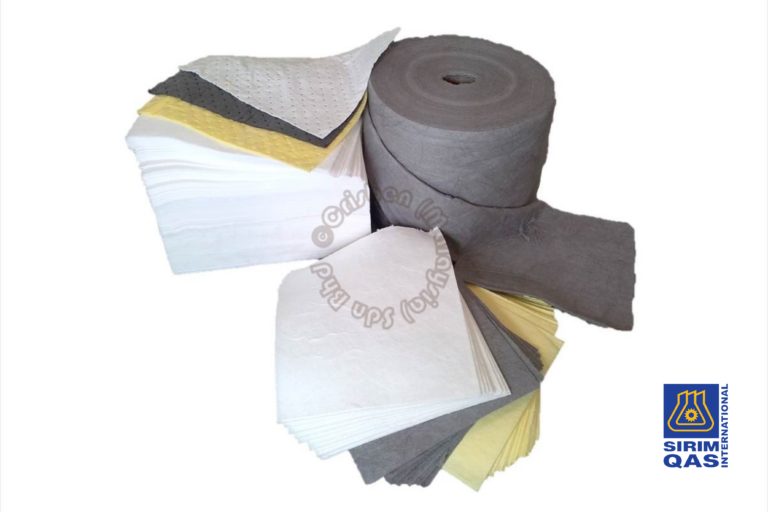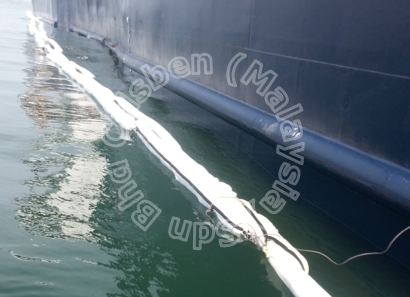7 Steps for Dealing with Oil & Chemical Spills Safely and Effectively

Spills, whether they involve chemicals, liquids, or hazardous materials, can pose serious risks to health, safety, and the environment if not handled promptly and correctly. Having a clear and systematic approach to dealing with spills is essential for minimizing these risks and ensuring a safe workplace. Here are 7 key steps to effectively manage spills:
- Assess the Situation
The first step in handling any spill is to assess the situation carefully. Determine the type of substance spilled, its quantity, and any immediate hazards it may pose. Assess the potential risks to personnel, property, and the environment. Understanding these factors is crucial for determining the appropriate response actions and ensuring the safety of responders. - SAFETY FIRST!!! Wear Personal Protective Equipment (PPE)
Before attempting to contain or clean up a spill, ensure that all personnel involved are wearing appropriate PPE. This may include gloves, safety goggles, masks, coveralls, and boots, depending on the nature of the spill and the chemicals involved. Wearing proper PPE protects responders from exposure and minimizes health risks during cleanup operations. - Contain and Stop the Spill Source
Once the spill has been assessed and appropriate PPE is worn, the next step is to contain the spill to prevent it from spreading further and to stop the source of the spill if possible. This involves identifying the origin of the spill and taking immediate action to prevent further release of the substance into the environment. Use barriers such as absorbent socks, berms, or sandbags to confine the spill area. This containment helps minimize the area affected and reduces the potential for environmental contamination. - Absorb the Spill
After containing the spill, the next priority is to absorb the spilled material. Use absorbent materials like absorbent pads, absorbent booms/socks, or granular absorbents to soak up the liquid. Systematically apply the absorbent material, starting from the outer edges of the spill and working towards the center to maximize effectiveness. - Dispose of Waste Safely
Dispose of the used absorbents and any contaminated materials according to regulatory requirements and company procedures. Use designated waste containers and ensure proper labelling to indicate hazardous waste as stated in the Environment Quality Act 1974 (EQA1974). Follow all local, state, and federal regulations for disposal to prevent environmental harm and legal consequences. - Reporting and Documentation
Following the cleanup, it is essential to document the spill incident and all actions taken during the response. Record details such as spill assessment findings, containment measures employed, absorbents used, disposal methods, and any follow-up actions required. Reporting ensures transparency, facilitates regulatory compliance, and provides a basis for continuous improvement in spill response procedures. - Restock Supplies and Reevaluate Procedures
Finally, replenish and restock spill response supplies and PPE used during the incident. Conduct a thorough review of the spill response process to identify any areas for improvement. Update spill response plans, conduct training sessions as necessary, and ensure that all equipment is maintained and readily available for future incidents.
Conclusion
Effective spill response requires a proactive approach that prioritizes safety, environmental protection, and regulatory compliance. By following these seven essential steps—assessing the spill, wearing proper PPE, containing and stopping the source, absorbing the spilled material, responsible disposal, thorough reporting, and maintaining readiness—organizations can minimize the impact of spills and safeguard the well-being of personnel and the environment.
Regular training, drills, and ongoing evaluation of spill response protocols are crucial to ensuring preparedness and effectiveness in handling spills of varying magnitudes. By integrating these practices into organizational procedures, companies demonstrate their commitment to safety and environmental stewardship.
This article provides a comprehensive guide to managing spills, focusing on the initial steps that set the foundation for a successful spill response effort. Let us know if you need more details or have specific questions!






